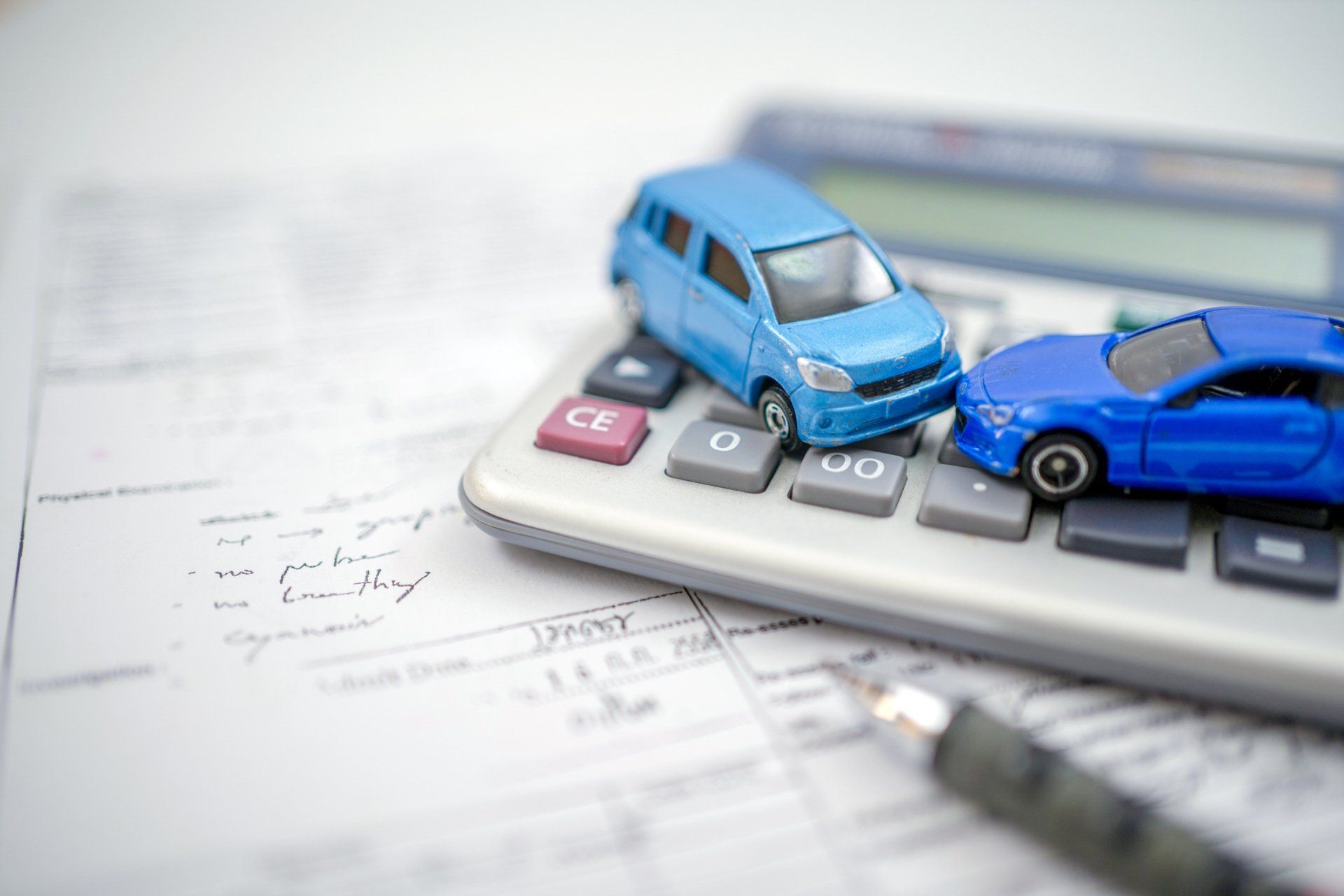The Importance of Documenting the Scene
AUTO ACCIDENT PHOTOGRAPHY
Police Officers do NOT take photos at the scene of an auto accident except when someone is killed or seriously injured and the police accident reconstruction specialist comes out to take measurements and photos. This means that some of the most important evidence to help your case is lost or not available to help you settle or win a claim against the guilty party’s insurance company. The fire department and/or wrecker driver remove the debris that marks the impact point; traffic or a good rain removes the skid marks, your car is repaired or totaled and gone with no photos of the damage; the photos the guilty party’s adjuster took got “lost,” etc.
In a recent case, we got lucky. A police officer directed my client to stop for a funeral procession. When he did, a car load of teenagers hit him from behind at a high rate of speed. My client’s father (ex-military police) arrived soon after, checked on his son, checked on the other car, then grabbed his camera and started taking pictures.
When Allstate and their pet doctor claimed at trial that this was a low impact collision that would not cause an injury, we had photos of: (1) over 40 feet of skid marks, (2) how far my client’s stopped car was pushed past the debris marking the point of impact, (3) the damage to both cars, and (4) my client’s broken driver’s seat where it had collapsed onto the back seat from the force of the impact. When the trial judge ruled that the Dad’s photos were admissible in evidence, Allstate blinked and paid their policy limit to my client. Without the photos, this case would have been a popularity contest as to who was telling the truth between my silent-type, mechanic client and Allstate’s good looking, well-spoken college student. With the photos, the jury could see for themselves who was telling the truth and who was not, so Allstate folded.
If you are in a wreck, check on who needs help, call 911, then grab your cell phone and start taking pictures. It would help me to have photos of : (1) where the vehicles stopped after the impact, (2) point of impact debris, (3) damage to the vehicles from front, back, and sides, (4) gouge marks in the pavement from the collision, (5) the road looking forward and backward to show if line of sight was clear or blocked, (6) obvious injuries, (7) relevant traffic signals, road markings, or road signs (8) anything else related to how the collision happened.







